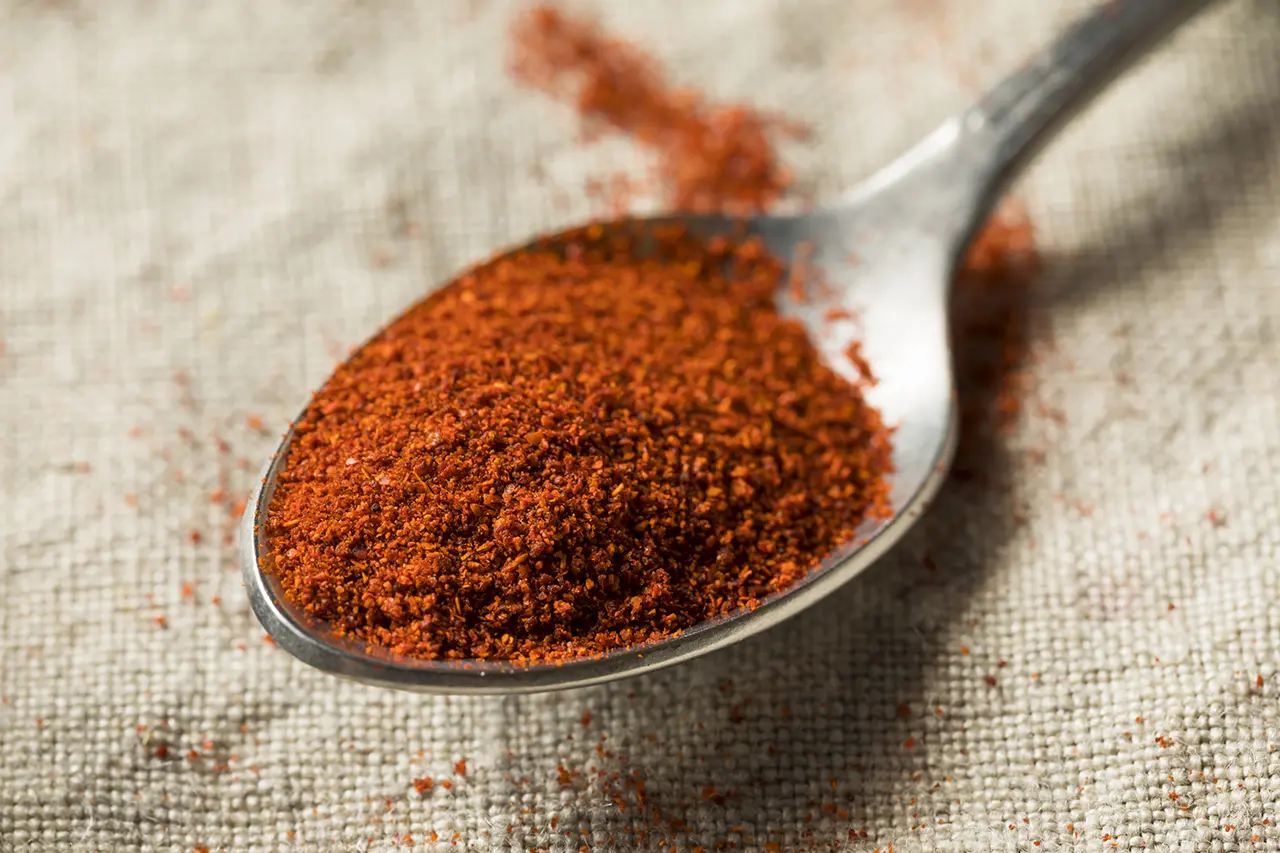As we adjust to the high summer temperatures, it’s natural to change the wine we pour in the glass. But hold on, you don’t need to hide your red wine until October. Gratefully, there are lots of red grapes that can be fantastic to enjoy on the patio, at the lake, beach, and around picnic tables.
You need suggestions? Check out our five best summertime red wines:
Lambrusco – the red-almost purple, sparkling wine of the Emilia-Romagna region in Italy. Bologna is its capital, and the region in is renowned for the Prosciutto di Parma, Balsamico di Modena and Pameggiano Reggiano. So now you know what to pour if you are having charcuterie. Notes of hibiscus, violets, fun and refreshing. This one serve chilled.
Bonarda – From San Rafael in Mendoza, Argentina. A sip of it and you will start craving for summer food. Lighter than Malbec of course. Notes of black cherry compote, plum, violets and all spice. We serve it with Empanadas in class but a veggie or regular burger will pair great too.
Spätburgunder – Germany is the world’s third largest producer of Pinot Noir, but they call it Spätburgunder – late (spät) ripening pinot (burgunder). They tend to be lighter in color and body than its counterparts from warmer climates (California or Oregon).
Beaujolais – Gamay is light and fun, a bit fruity and floral at the same time. If you want a pinch of more drama in your glass (complexity), get Fleurie, the “Queen of Beaujolais”, classified as Grand Cru.
Zweigelt – Say it right “zz-why-galt”. Austria’s most planted red wine grape. It is a cross between Blaufränkisch and St. Laurent. It tastes like Pinot Noir, although it has a pinch more color and character.
How to pair these wines?
Most of these wines will pair with some of your favorite bbq food. From chicken to pork, salads and even with a hotdog, roasted peppers or veggie salad. Plus during summer you can drink most of them lightly chilled. In other words, at least 30 minutes in the fridge before enjoying them.
Remember: You want a refreshing experience and what makes a wine refreshing is the level of acidity. The acidity in wine is what makes you salivate after a sip. The more you salivate, the higher in acid the wine is. Cooler climates tend to produce wines that are higher in acid than warmer climates.
Cheers!





